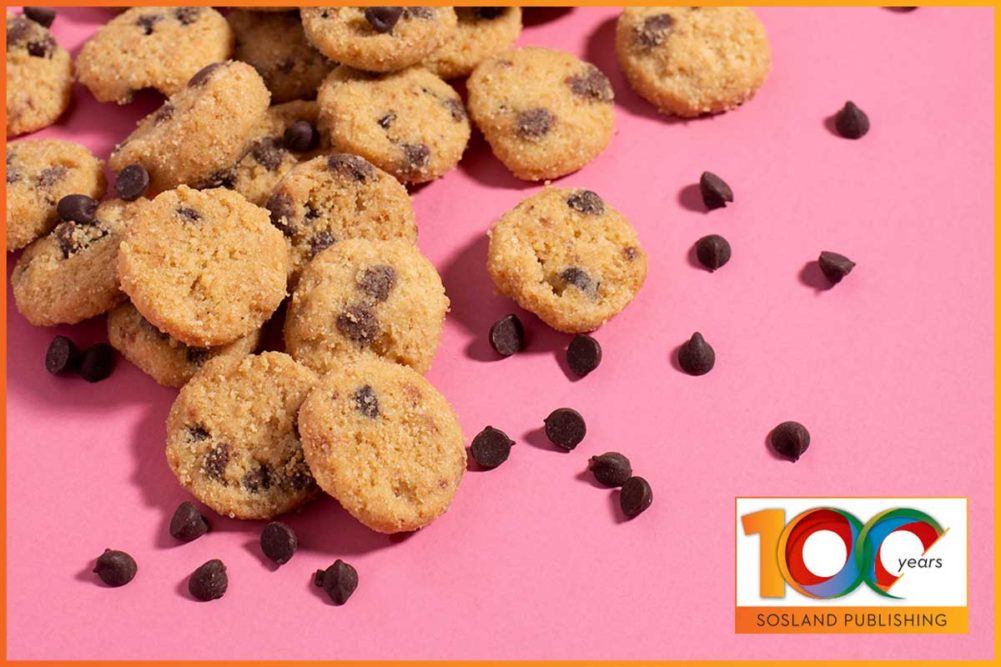Because Americans are snacking more rather than eating full meals, they’re looking for greater variety of snacks that satisfies their desire for healthfulness as well as indulgence.
The Third Annual “State of Snacking” report from Mondelez International said that nearly two-thirds of consumers prefer to eat many small meals instead of a few large ones, and 85% of global consumers eat at least one snack each day for sustenance and one for indulgence.
“Over the course of time, snacks have changed dramatically in terms of what they are because technology has changed so much,” said Lynn Dornblaser, director of innovation and insight, Mintel. “One of the biggest consumer behaviors that really stands out to me is how for the US market, we snack all the time.”
Just 10 years ago, she said, consumer data defined super snackers as those eating four to six snacks a week. Now people are eating that many snacks a day. Hostess Brands, Lenexa, Kan., recently said its research found 18 distinctive consumer snacking occasions.
“With busy lifestyles, with both members of the household working, they’re more time-constrained,” said Malcolm McAlpine, business manager for branded snacks and confections in foodservice for Mondelez International, Chicago. “So I think the days of the three square meals a day are long gone. People are eating more frequently and smaller portions at more times of the day.”
Justin Spannuth, vice president and chief operating officer at Unique Snacks, Reading, Pa., said he’s seen a fair number of trends that have come and gone.
“Since I’ve been here — it’s not just exclusive to pretzels, more the snack category — is all the trends between flavor trends, health trends, gluten-free, the changes of oil,” he said. “That’s probably the only thing we’ve changed in our recipe. It went from lard to hydrogenated soybean oil, and then trans fat became a bad thing, and we went to canola oil. Then canola oil became an issue, so we went to non-GMO high-oleic sunflower oil.”
Many brands are finding the balance between tasty and good for you.
“The desire for organic foods is here to stay, and it’s going to continue to grow as people become more conscious of what they put in their bodies,” Mr. Levin said. “But I still think people when they’re buying a snack, they’re looking to get satisfied, and they oftentimes want that indulgent snack. It’s their treat.”
He said that although the coronavirus (COVID-19) pandemic brought people home and eating meals together, the grab-and-go mentality is still present, and snacks are a good fit for that.
He said the definition of a snack will evolve, an opinion shared by Ms. Dornblaser.
“There are so many more choices now. There aren’t any rules about what a snack is. Anything can be a snack,” she said. “Sometimes when we ask consumers, ‘What do you snack on?’ Cheese and fruit are at the top of the list. It can be grain-based snacks, it can be fried snacks, it can be produce, it can be a beverage. A beverage is often a snack, depending on what it is. What a snack is has changed a lot.”
For instance, she said that products are crossing category lines. That includes items such as Ritz crackers now being offered as chips, yogurt and cottage cheese adding grain-based mix-ins, or snacks that include pretzels and hummus in one package.
“To me the most important thing that’s different now than it was in the past is that snacking is a behavior. It’s not a category,” she added.
And many agree that the BFY products will grow as brands explore more ways to deliver healthful ingredients through the expansion of base ingredients.
“It’s not just about snacks being corn-based or potato-based or wheat flour-based,” Ms. Dornblaser said. “There are so many more base ingredients whether it’s different kinds of grains, beans and pulses. That to me seems like a big change because in some cases it makes the products very, very different.”
This article is an excerpt from the April 2022 issue of Baking & Snack. To read the entire feature on Centennial Report: The Future of Snacking, click here.






